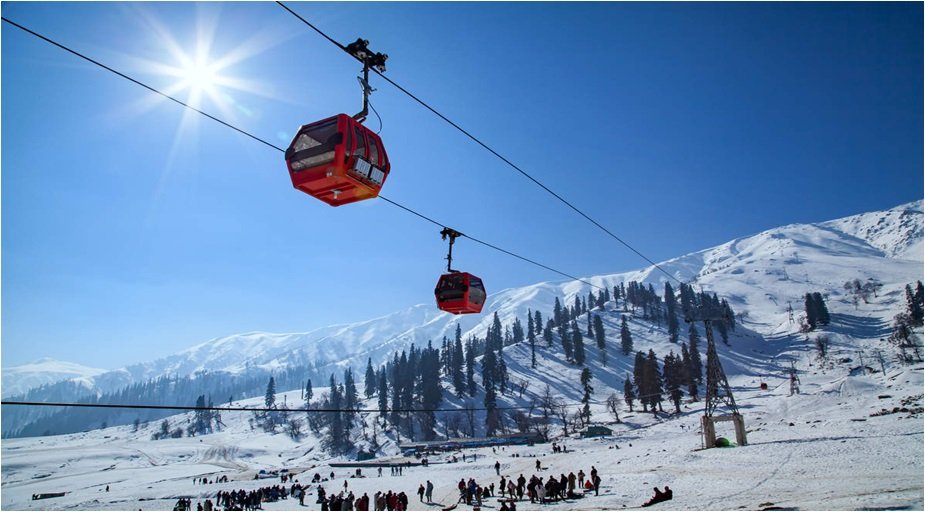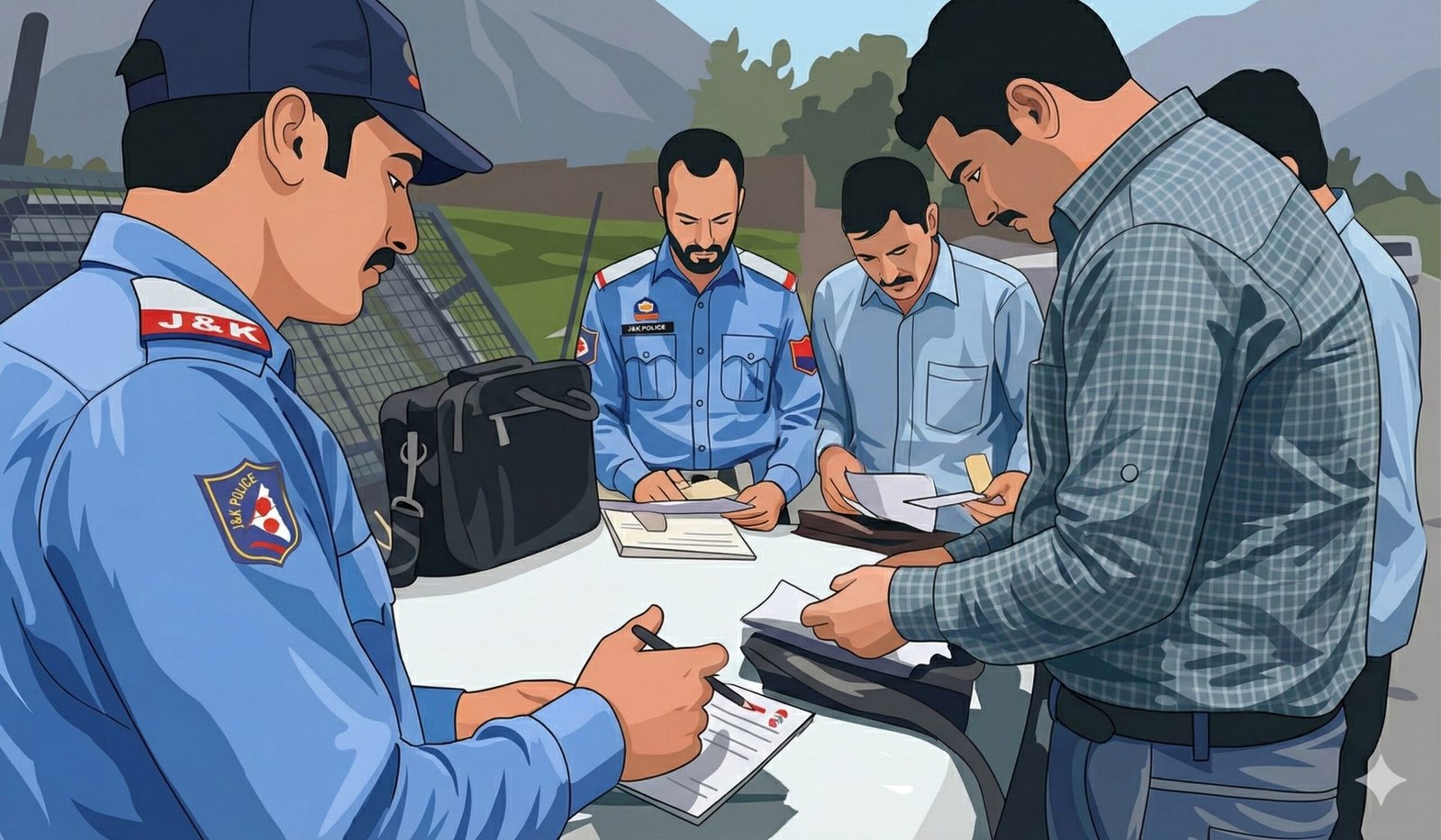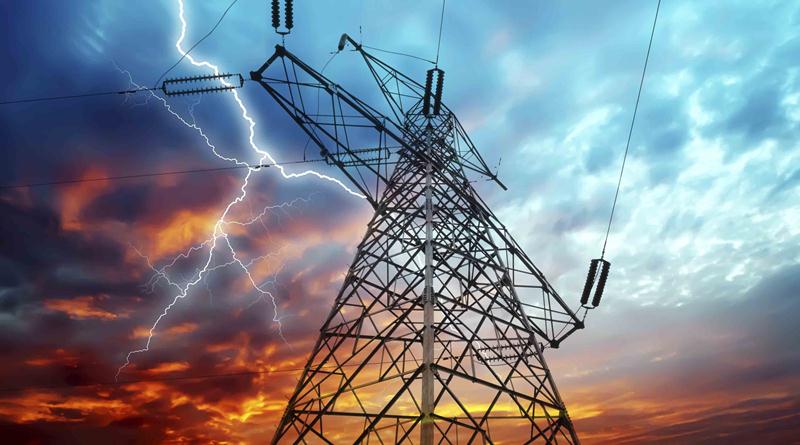Prime Minister Narendra Modi recently dedicated the state run NHPC Ltd’s Kishanganga hydro power project (KHEP) in Gurez area of Bandipora district over river Kishanganga in the Kashmir valley in Jammu and Kashmir to the nation. The development assumes significance given the strategic importance of the 330 megawatt (MW) project on the river Kishanganga, a tributary of Jhelum.
While Pakistan had challenged the project under the Indus Waters Treaty of 1960, the International Court of Arbitration at The Hague ruled in India’s favour in 2013.
Pakistan has time and again said that the project is a violation of the 1960 Indus Waters Treaty between the two countries.
Taking to Twitter, the government of Pakistan said, “Pakistan will raise its concern with World Bank today over the inauguration of Kishanganga hydropower project by India. Pakistan argues that construction of dam violates 1960 Indus Water Treaty between Pakistan & India.”
Pakistan will raise its concern with World Bank today over the inauguration of Kishanganga hydropower project by India. Pakistan argues that construction of dam violates 1960 Indus Water Treaty between #Pakistan & #India. pic.twitter.com/wx39jbHwaW
— Govt of Pakistan (@pid_gov) May 21, 2018
The Jhelum originates in India and flows into Pakistan, and according to the Indus Water Treaty, whoever builds the project first will have the first rights on the river water.
Jammu and Kashmir will not only get free but also sufficient power, PM Modi said in a tweet.
Read also: Katra solar project: Things you didn’t know about
The project in Bandipora district will provide 13% free power to the state including 1% for local area development fund amounting to around Rs133 crore per year.
This come at a time when the projects in Jammu and Kashmir are being expedited in the backdrop of China developing the China-Pakistan Economic Corridor (CPEC), part of its showpiece “One Belt One Road” (OBOR) infrastructure initiative.
The project includes a dam on the tributary, which is barely metres away from the Line of Control (LoC). This is not the first time that Pakistan has knocked on the doors of the World Bank. It had done so in 2016 and asked the organisation to appoint an arbitration court into the make and design of the Kishanganga dam and also look into another project on the Chenab.
The Indus Waters Treaty regulates the use of Indus river waters by India and Pakistan. Pakistan’s argument was that the Indian project would affect the Neelum-Jhelum project constructed by Pakistan downstream of the Kishanganga project. While Pakistan had questioned the “legality of the construction and operation of an Indian hydro-electric project” under the treaty, India has maintained that building the dam is within its rights.
The talks between the two countries, via the World Bank, have still seen no fruitful result, except the fact that India went ahead with KHEP, thus asserting its rights over the waters as well as, in ways more than one, the Indus Waters Treaty.
Pakistan, too, has left no stone unturned in asserting its rights, one of which it argues is first access to water. While it continues to object the project till date, last month, Pakistan Prime Minister Shahid Khaqan Abbasi inaugurated the first unit of the Neelum-Jhelum Hydroelectric Project (NJHEP) on the same river in Pakistan-Occupied Kashmir.
The dam will divert the Jhelum water to an underground power house. More than it being a power house and a way of transferring water from the Gurez Valley to Kashmir, the dam on Kishanganga, known as Neelum in Pakistan, is a mark of strategic significance and a show of strength.
Read also: Heritage power project to be revived in J&K
The work on the project started during the previous government’s regime in 2007, but was halted after Pakistan moved International Court of Arbitration in The Hague three years later. Pakistan, in its plea at The Hague, had said that India violated the Indus Waters Treaty, which details the use of water when it comes to shared rivers.
In 2013, however, in a massive victory for India, the court allowed it to go ahead with the construction of the project on Kishanganga, with a caveat that it would have to release 9 cubic metres of water across the border, but Pakistan continues to protest it.















